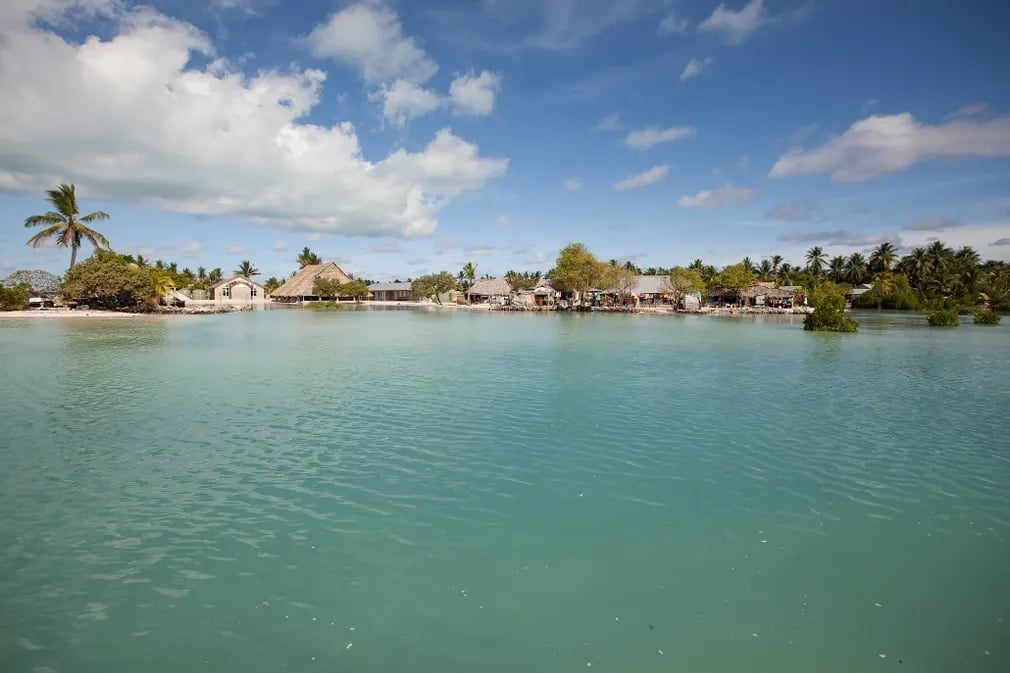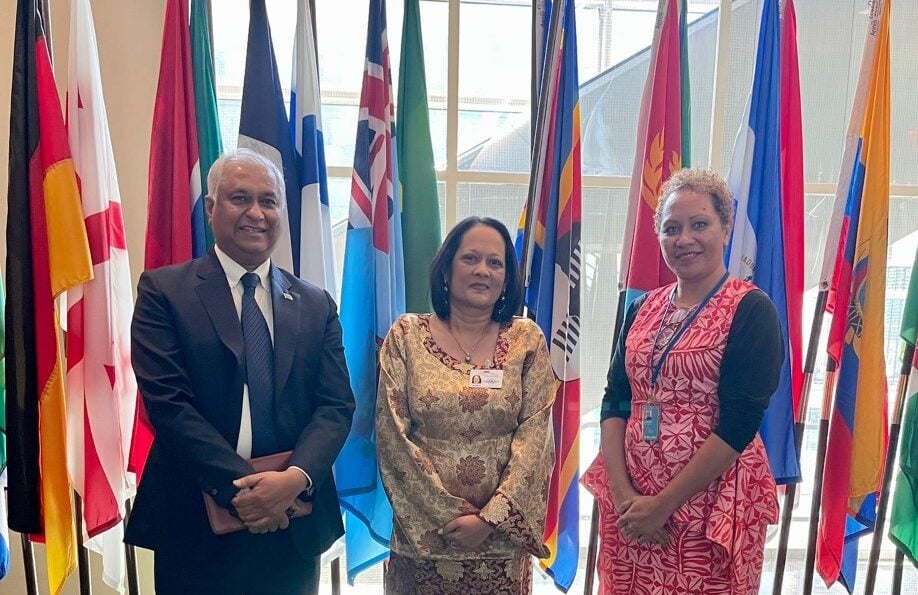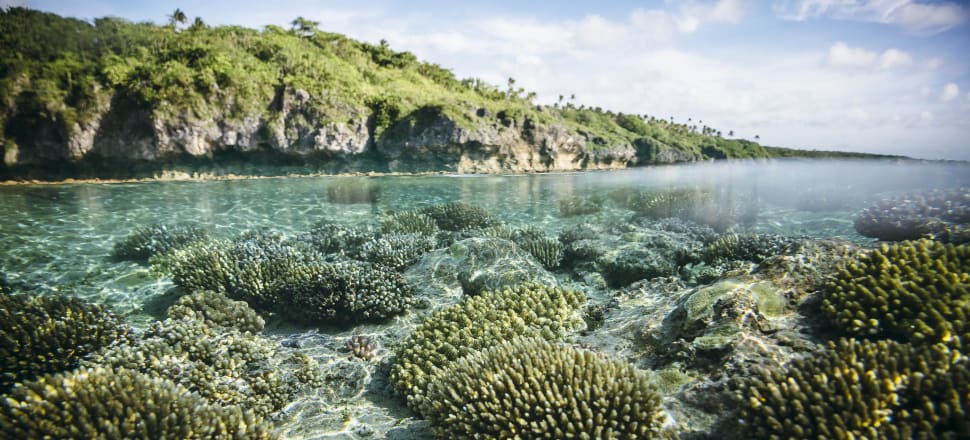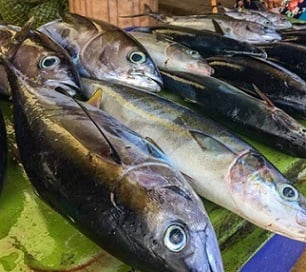PIFS deputy SG called on the Pacific region’s development partners to support the PRF to address the debt situation and build community resilience against disasters
The deputy secretary-general of the Pacific Islands Forum Dr Filimon Manoni has noted with ‘great interest’ the inclusion of the Forums planned Pacific Resilience Facility (PRF) in discussions on debt for climate.
At a joint ESCAP and PIFS workshop on debt for climate on Wednesday, the deputy SG for the Pacific Islands Forum stressed the fund, or Pacific Resilience Facility (PRF), “is a very important initiative for the Pacific and the Secretariat will continue to consult and advocate with our development partners for their support and financial commitment to capitalise the PRF. The potential to use the PRF as a vehicle to implement debt for climate swap arrangements is acknowledged in the ESCAP report on Debt for Climate Swaps and I would urge we explore this further going forward.”
Deputy SG Manoni called on the region’s development partners to support the PRF “because it is a beacon of hope for our Pacific people. The use of the PRF to address the region’s debt situation and at the same time build community resilience against disasters can be a ‘win-win’ option for the Blue Pacific.”
In his opening remarks at the joint workshop, which will lead into a major Pacific Debt Conference next month, he noted the problems which make public debt a major challenge for Pacific governments and public debt.
“Pacific Island countries are on the frontline of climate Pacific Island Leaders have identified climate change as the greatest threat facing our region. For us, it is an existential threat, time is not on our side if urgent actions to deal with the increasing climate and disaster risks are not taken.”
Deputy SG Manoni noted the high exposure of the region to disasters such as tropical cyclones, earthquakes, tsunamis and droughts.
“Several of our Forum Members are amongst the most vulnerable countries on the planet. The recent massive volcanic eruption and tsunami in Tonga, for example, wiped out 18.5% of Tonga’s GDP. The country needs at least US$240 million to fully recover from the disaster, at a time when it is still recovering from the impacts of Cyclone Harold two years ago. It takes many years and huge cost, for Pacific economies to recover from the socio-economic losses from disasters,” he said.
With many countries finding themselves borrowing heavily to rebuild after every disaster, it is common for new disasters to strike when countries are still recovering from the previous one. Because of this, “countries are easily trapped in the ‘borrowing-rebuilding and further borrowing’ cycle. As a result, debts of Pacific countries continue to mount, placing immense fiscal pressure on governments, communities and families, perpetuating poverty, inequality and hardship,” he said.
According to the debt sustainability assessments of the IMF and World Bank, thirteen Pacific economies have been assessed at high risk of debt distress in 2021 up from six in 2019. This is a cause for concern going forward as high debt levels mean less resources for other priority needs such as health and education.
Deputy SG Manoni said innovative financing instruments are needed “to address our debt situation and build resilience against climate risks. That is why this workshop on ‘Debt-for-Climate Swaps’ and the upcoming Pacific Regional Debt conference planned for next month are so important–they provide critical platforms to explore options to address the challenges posed by the high debt profiles and climate vulnerabilities facing many Pacific economies.”
UN experts from the ESCAP office in Bangkok are jointly supporting the Conference and build up since last week’s webinar and this week’s workshop. There is a symposium on Public Finance Management in the Pacific planned before the Inaugural Pacific Debt Conference in April.
The Debt conference comes after FEMM Ministers met in 2021. In their Outcomes statement, they noted the forum island countries, debt profiles and considered policy options to address the high Debt Sustainability Analysis (DSA) rating profile of countries in the region. They looked into the G20 Debt Service Suspension Initiative (DSSI) and IMF’s Catastrophe Containment and Relief Trust (CCRT) and directed the Secretariat to explore options and strategies in addressing FIC debts, including debt swap initiatives.
In their outcomes, Ministers had emphasised the need for instruments to be simple, manageable and implementable given their limited resources, the time-bound nature of debt instruments and the increasingly constrained development finance landscape worldwide.
The convening of the regional debt conference between Forum members and their Creditors to discuss and explore options for debt relief. The current workshops and build up from the Secretariat are part of the direction from the Ministers to work on a regional strategy and negotiating positions for Forum members heading into the debt conference.
This story was written by Pita Ligaiula, originally published and reposted via PACNEWS.




